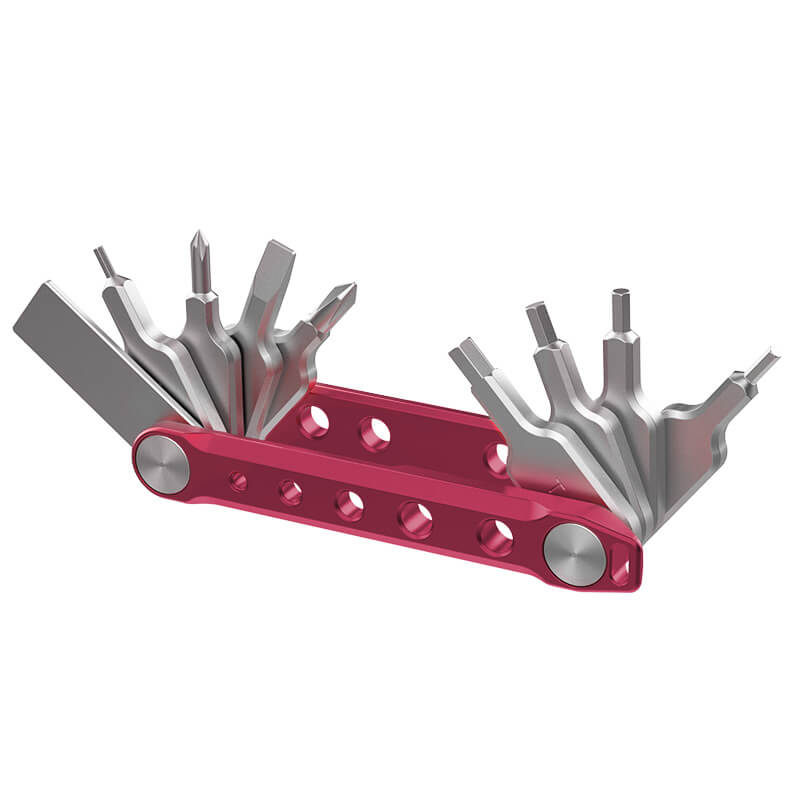Proper video lighting goes far beyond simply making a scene visible. It's an essential tool for telling stories, setting moods, and achieving a professional look. This comprehensive guide is designed to pave the way for videographers who want to master this vital skill. Let's explore the world of video lighting with clear and coherent insights that will help you light your next project like a pro.

Understanding the properties of light
To harness the full power of light, you need to understand its key properties: intensity and exposure, color temperature, direction and angle, and dispersion and quality.
Intensity and exposure
Intensity refers to the strength of the light. In video production, the right intensity is crucial because it not only determines how much light falls on your subject, but also the exposure of the final footage. Too little light can result in underexposed, muddy images with little detail. On the other hand, too much light can result in overexposure, where highlights are blown out and the image loses its subtle tones.
Color temperature
The emotional tone of a video is influenced by the color temperature of the light, measured in Kelvin. Measured in Kelvin (K), color temperature ranges from warm to cool. Lower Kelvin values represent warmer colors, such as the golden hues of sunrise, which tend to create a cozy, intimate atmosphere. Higher Kelvin values correspond to cooler colors, similar to the bluish tone of daylight, which can suggest clarity and alertness.
Direction and angle
The direction from which light hits your subject and the angle at which it casts shadows are crucial to the depth and structure of the scene. Side lighting emphasizes textures and shapes, front lighting minimizes shadows, creating a more open image, and back lighting creates silhouettes and separates the subject from the background, adding dimension and depth. Top lighting can create an ethereal or celestial quality, while underlighting, due to its unnatural appearance, can be used for a horror effect.
Diffusion and light quality
Diffusers distribute light evenly and soften shadows and contrasts for a flattering effect and a natural transition between light and dark areas. Hard light without diffusion creates sharp shadows and high contrast for dramatic effects.
Choosing the right video lighting

Types of lights
- Tungsten light: Warm light at 3200 K, ideal for cozy scenes; high quality, but hot and may require diffusion.
- LED lights: Flexible color temperatures, energy efficient, cooler than artificial light, suitable for small to large installations.
- Fluorescent lamps: Daylight-like, soft light with approximately 5600 K, suitable for even, diffuse lighting in studios or on location.
- HMI lights: Simulate daylight, high light intensity, good for film productions that require natural light; expensive and require careful handling.
Light converters and their use

Modifiers help adjust the quality and direction of the light to achieve the desired effect:
- Softbox: These are attached to the spotlights and soften their light output to reduce harsh shadows and create a natural look. They are often used for portraits and interviews.
- Umbrellas: They are designed to either reflect light to slightly increase exposure or diffuse it for softer lighting and are preferred for quick setups due to their portability and ease of use.
- reflectors: They can be used to redirect existing light to fill shadows or add highlights. Reflectors are a simple yet effective lighting design tool without the need for additional power sources.
- Gels: Gels change the color of light to create creative effects or to balance color differences between different light sources. They're especially useful in mixed lighting conditions or when you want to evoke a specific atmosphere.
Lighting accessories

The accessories play only a minor role, but are crucial for the perfect lighting design:
- Light stands: They are the backbone of any lighting system, holding the fixtures in place and allowing height and angle adjustments. The stands must be stable enough to safely support the lights and modifiers.
- Fastening solutions: Different terminals and handles allow for secure positioning of spotlights, especially in unconventional locations where tripods may not be practical.
- Grid: Grids can be attached to softboxes or other lighting modifiers to narrow the beam of light. This allows you to control flare and ensure the light falls only where you want it.
- barn doors: Attached directly to the headlights, barn doors shape the light cone and prevent unwanted light scattering, allowing a high degree of control over the lighting.
- Remote shutter release: These wireless devices allow for remote activation and adjustment of lights, an essential feature when managing multiple lights or when lights are out of range.
Mastering lighting setup techniques

Three-point lighting concept
- Three-point lighting is a classic setup that creates dimension and depth in a scene. The balance between these three lights influences the mood of the footage and can either emphasize or detract from the texture and features of the subject.
- Main light: The main light, often directed to one side of the camera, illuminates the subject and sets the visual tone.
- Fill light: It is positioned opposite the main light and serves to soften shadows and emphasize the subject's facial features without flattening them.
- Backlight: Placed behind the motif, it outlines it with a bright edge and reinforces the demarcation from the background.
Alternative lighting methods
While three-point lighting forms the basis, alternative methods can define a particular aesthetic or address the needs of the narrative:
- Butterfly lighting: The main light is used from the front and above and casts a striking shadow under the nose and highlights the facial features, ideal for beauty shots.
- Rembrandt lighting: The main light is angled from the side and top, creating a triangle of light on the cheek, suitable for dramatic effects and depth.
- Loop light: A slightly off-center keylight creates a small nose shadow that adds a soft dimension to the face without over-dramatizing it.
Creative and advanced lighting setups
For artistic or atmospheric projects, advanced lighting systems can help convey different stories and emotions:
- High-key lighting: A bright, shadowless setup for lighthearted scenes like comedies or sitcoms.
- Low-key lighting: Uses strong contrasts and shadows for tension and drama.
- Motivated lighting: Mimic natural light to create realism and context. The trick is to make artificial light appear a logical part of the scene.
Working with natural and artificial light

The interplay of natural and artificial light in video production can be very complex, but when done correctly, it enhances the film's visual narrative.
Maximizing natural light in video production
- Plan around the sun: Timing is crucial. The golden hour—just after sunrise or before sunset—offers soft, diffused light that flatters any subject. Conversely, the midday sun can cast harsh shadows and should be softened with diffusers or reflectors.
- Explore your location: Visit your location at different times of day to understand how the light changes. This will help you plan your shots to utilize the best natural lighting conditions.
- Use reflectors and diffusers: These tools help control natural light. Reflectors can fill shadows, while diffusers can soften direct sunlight.
- Take advantage of the cloud cover: Cloudy days are natural diffusers that spread light evenly and soften harsh shadows. They're ideal for shooting scenes that require subtle lighting nuances.
Combination of natural and studio light

- Match color temperatures: When combining daylight with studio lighting, make sure your artificial lights are matched to the color temperature of daylight (around 5600 K). You can adjust this using gels or LED lights with variable color settings.
- Control intensity: The intensity of artificial lighting should complement natural light, not compete with it. Use dimmable fixtures to match the artificial light to the ambient light level.
- Maintain continuity: Observe the direction and quality of natural light and position artificial lights to maintain continuity as the sun moves or clouds pass by.
- Eye for detail: Pay attention to the shadows and highlights created by both light sources. The goal is to blend them so that they appear as if they are part of the same environment.
- Use modifiers wisely: Softboxes or barndoor Fresnels on your studio lights can shape the artificial light so that it blends seamlessly with natural light, mimicking its pattern and direction.
Optimizing video lighting
Assess your environment
Consider the size of the room, the presence of reflective surfaces, and potential ambient light sources that could affect your decor. Large rooms may require more powerful lighting than small spaces. Reflective surfaces such as mirrors or shiny floors can reflect light in unexpected ways, causing glare or uneven lighting.
Adjusting the light settings
Use dimming, color matching, and strategic placement to create the scene. Dimmers control brightness, color matching changes the mood, and positioning affects shadows and highlights.
Use light meters and histograms
Tools like light meters provide objective measurements of the lighting on location, ensuring the camera captures the scene with the correct exposure. Similarly, histograms on your camera or in your editing software give you a visual representation of the luminance throughout the image. A balanced histogram typically indicates a well-exposed shot. Use these tools to fine-tune your settings for consistent, professional-looking footage.
Optimize your video with professional lighting
Video lighting is a skill that can turn good footage into great shots. Understanding light, choosing the right equipment, and mastering lighting techniques will help you tell your story clearly and in detail. No matter what type of light you use, remember that every beam can bring your vision to life. Grab your gear, use light to create, and let your creativity shine. Let's make your next project shine!






